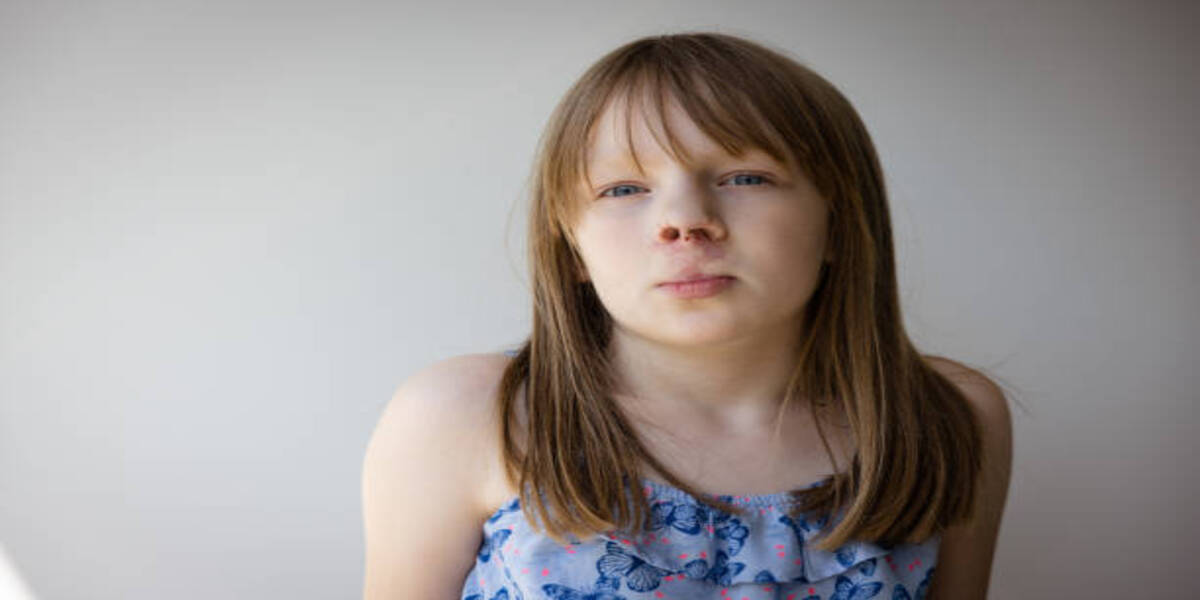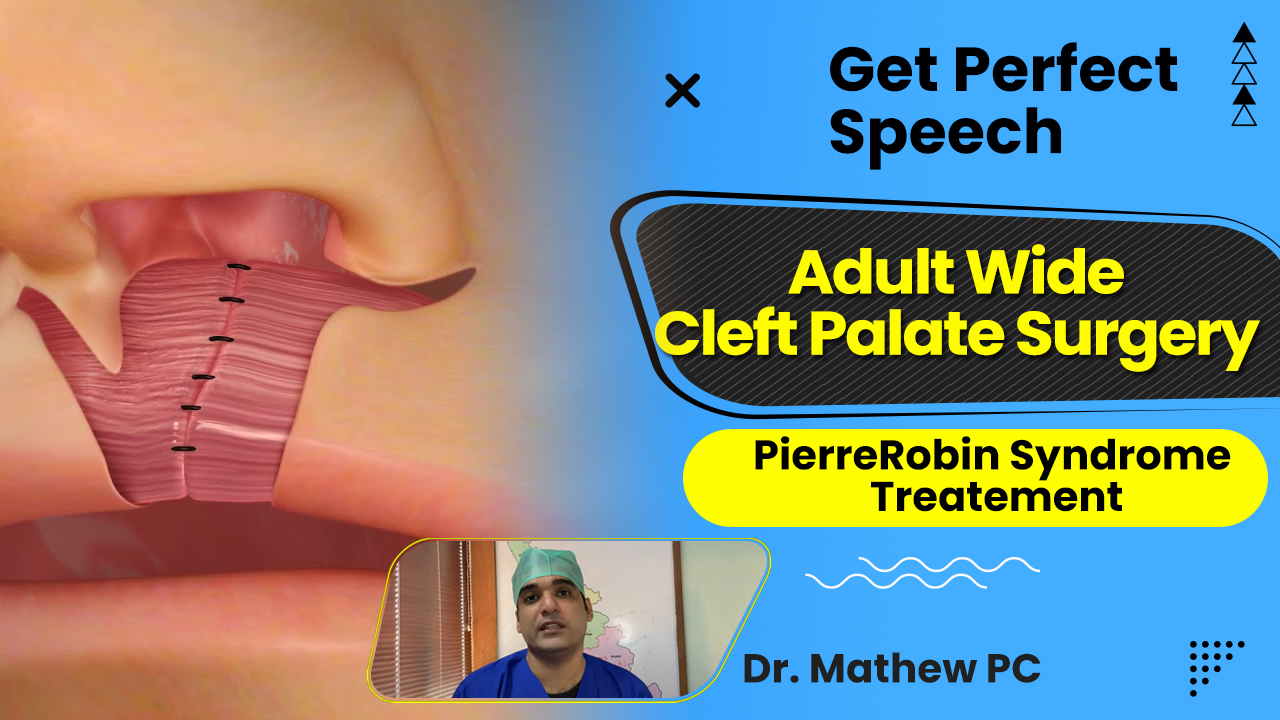Best Pierre Robin Syndrome Treatment In India 2023
Explore top treatments for Pierre Robin Syndrome in India, focusing on advanced surgical care for improved quality of life.

The Pierre Robin Syndrome Treatment In India is multi-faceted and tailored to the patient’s needs, with surgery being utilized only to address functional issues. Surgical treatment may be necessary for PRS patients with more severe clinical situations, particularly those associated with airway compromise.
Pierre Robin syndrome is also known as Pierre Robin sequence, Pierre Robin malformation, Pierre Robin anomaly or Pierre Robin anomaly) is a congenital condition of facial abnormalities in humans. Pierre Robin sequence may be caused by genetic anomalies. PRS is characterized by an unusually small mandible, posterior displacement or retraction of the tongue, and upper airway obstruction. Incomplete closure of the roof of the mouth (cleft of mouth) is present in the majority of patients and is commonly U-shaped.
Our Hospital Provides the Best Pierre Robin Syndrome Treatment In India
Our hospital is one of the best hospitals for Pierre-Robin syndrome treatment in India. We provide children with some of the most advanced surgical procedures to overcome this condition. Dr Mathew PC is the best adult wide cleft palate surgery in India, which specializes in Pierre Robin Syndrome Treatment In India and other conditions. He and his team give the best results with less time for each surgery. The main highlight of our hospital is, we provide treatments at less cost.
The condition is typically identified clinically after birth. When the infant is supine, he or she typically has respiratory difficulties, especially in cases where the cleft palate is wide and U-shaped. The cleft palate is generally wider than a normal cleft palate and more U-shaped in this syndrome.
Signs & Symptoms
The most common type of cleft lip and palate (CLP) is PRES, which involves physical changes that result in altered oral cavity anatomy during development. Breathing and feeding difficulties are typical since air and food go through the mouth and down the throat.
The position of the tongue toward the back (posterior) of the mouth makes it more likely to fall towards the throat. This may obstruct airflow and result in breathing difficulties. The severity of this ranges from minor interference to potentially fatal respiratory distress. Obstruction of the airway can also occur at night, as a result of sleep apnea.
Food that is swallowed and passes through the mouth and throat also reaches the gastrointestinal tract, which can cause feeding difficulties owing to abnormal oral cavity structure. This might result in choking (aspiration) or a weight gain decline than anticipated, depending on how bad it is. Children with PRS have a higher incidence of acid (gastroesophageal) reflux, according to studies.
Causes
The precise cause of PRS remains unknown. The most commonly accepted idea is that a variety of factors contribute to a sequence of physical changes in the mouth. It is assumed that these changes occur in stages rather than as isolated events. It is thought that an inability of the lower jaw to fully develop early in pregnancy causes the tongue to be pushed back and high up into the mouth cavity, preventing palate closure.
DNA near the gene SOX9 is most frequently damaged in PRS when it occurs on its own. The SOX9 protein is made from the SOX9 gene, which plays a crucial role in bone growth. There are often mutations in DNA that positively influence the activity of the SOX9 gene (enhancers) in affected individuals. When these regions are injured, the activity of the SOX9 gene is reduced, resulting in less normal SOX9 protein being produced. This has been linked to craniofacial abnormalities that are characteristic of PRS.
In rare familial situations, autosomal dominant inheritance has been found to be more likely. Syndromic PRS is inherited in the same way as the condition it is linked with, which means that this can vary depending on the syndrome. Dominant genetic diseases result when only a single faulty gene is required to produce a specific illness. The abnormal gene may come from either parent, or it might be the consequence of a mutated (changed) gene in the afflicted individual. For each pregnancy, there is a 50% chance that the defective gene will be passed on by the affected parent to his or her child. MALE FEMALE Male Female.
Diagnosis
The condition may be diagnosed as early as the fifth week of pregnancy, and it is most common after the first trimester. The ultrasonic image of an affected toddler’s skull can reveal signs of PRS. Craniofacial anomalies might be detected on physical examination at birth if not previously discovered. Infants with severe airway obstruction who present at birth with respiratory distress may require medical treatment.
There is no one-size-fits-all test for isolated PRS, although molecular genetic testing can be used to identify DNA changes in the SOX9 gene. When syndromic PRS is suspected, consultation with a geneticist is strongly advised. In the interest of the presumed illness, this healthcare professional may perform a laboratory examination.
Pierre Robin Syndrome Treatment In India
Infants with PRS should be watched for breathing problems. Placing the infant on his or her stomach (prone position) rather than on his or her back can aid in preventing the tongue from falling back toward the throat. Small tube-like instruments known as a “nasopharyngeal airway” may be inserted into the nose to keep the airways open if this does not work.
When the airway obstruction is more significant, a tube may be inserted into the infant’s throat in hospital (intubation) or, even less frequently, a surgical opening may be made in the trachea through the neck (tracheostomy) to assist the infant in breathing. Pierre Robin Syndrome Treatment In India includes many procedures and steps.
The cleft palate is closed between 12 and 18 months of age using surgery under Pierre Robin Syndrome Treatment In India. Although doctors may postpone the corrective therapy, allowing the aperture in the palate to close on its own as natural growth occurs, they are far more hesitant to perform it. Surgery to improve jaw appearance is uncommon because most children’s tiny lower jaws grow to normal size by age 18 months.


